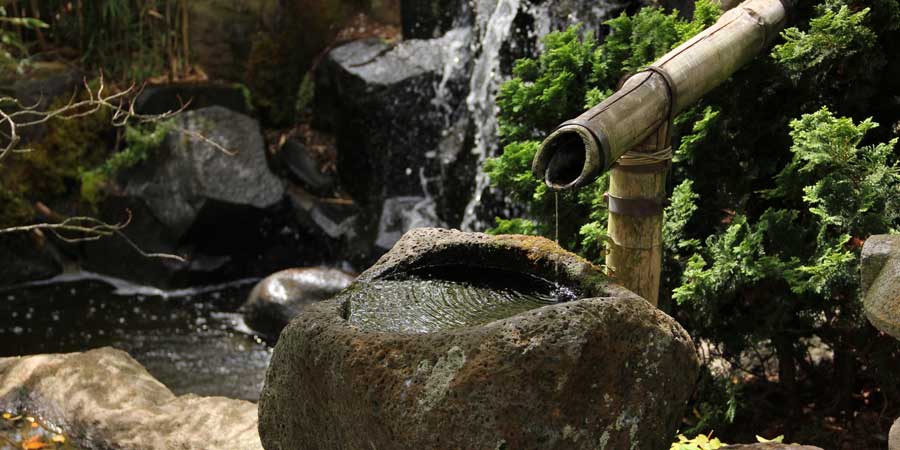Benefits, Types, and Sustainability in Garden Design
When it comes to garden design, irrigation is a crucial element that can make or break the success of your plants.
A well-designed irrigation system can help your garden thrive, increase your yield, and promote water conservation. In this blog post, we’ll explore the benefits of irrigation systems, discuss the different types available, and examine how irrigation fits into the larger picture of sustainable and environmentally conscious garden design.
Benefits of Irrigation Systems
One of the primary benefits of irrigation systems is that they ensure plants receive the water they need for optimal growth and health.
Without irrigation, plants may suffer from drought stress or disease, leading to poor yields or even crop failure. With an irrigation system, you can provide your plants with a steady supply of water, even during dry spells or hot weather.
In addition to promoting plant growth, irrigation systems can also help conserve water. By using a targeted watering system, such as drip irrigation or soaker hoses, you can reduce water waste and save money on your water bill. This is especially important in areas with water shortages or restrictions, where every drop counts.
Different Types of Irrigation Systems
There are several different types of irrigation systems to choose from, depending on the size and layout of your garden, the type of plants you’re growing, and your personal preferences. Here are a few of the most common types of irrigation systems:
- Drip irrigation: This system delivers water directly to the plant’s roots through a network of tubes and emitters. It’s highly efficient and can reduce water usage by up to 50% compared to traditional sprinkler systems.
- Sprinklers: Sprinklers distribute water over a wide area, making them ideal for larger gardens or lawns. They come in a variety of designs, from stationary to rotating, and can be adjusted to deliver water in specific patterns.
- Soaker hoses: Soaker hoses are similar to drip irrigation systems, but they release water along the entire length of the hose. They’re easy to install and can be used to water rows of plants or garden beds.
- Rainwater harvesting: This sustainable irrigation method involves collecting rainwater in barrels or tanks and using it to water your plants. It’s an environmentally friendly way to reduce your water usage and promote self-sufficiency in your garden.
Sustainability in Garden Design
When designing your garden, it’s important to consider the larger picture of sustainability and environmental impact.
By using efficient irrigation systems, such as drip irrigation or rainwater harvesting, you can reduce your water usage and minimize waste. You can also choose plants that are native to your area or adapted to your climate, reducing the need for excessive watering or chemical fertilizers.
strategies, you can also incorporate other sustainable elements into your garden design, such as composting, using natural pest control methods, and planting pollinator-friendly flowers. By taking a holistic approach to garden design, you can create a beautiful and thriving garden that supports both your plants and the environment.
Irrigation systems are a crucial component of garden design that can promote plant growth, conserve water, and support sustainability. By choosing the right type of irrigation system for your garden and incorporating other sustainable practices, you can create a thriving garden that benefits both you and the environment.


